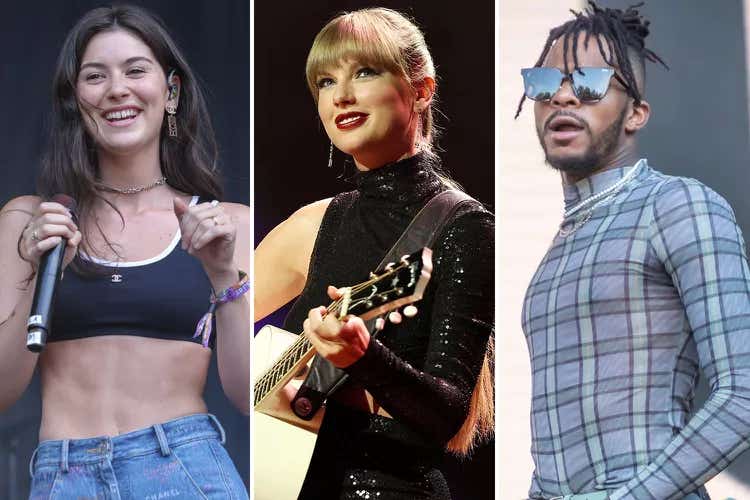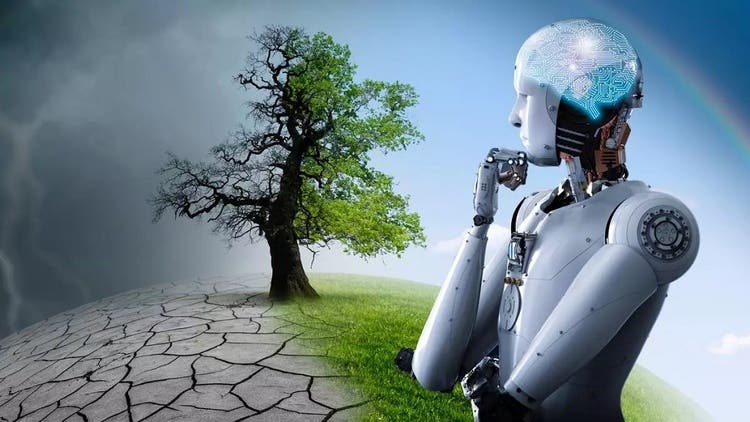How Taylor Swift’s Eras tour influenced her opening acts’ careers
New study explores how opening for superstar tours affects emerging artists, revealing complex impacts on streaming and fan loyalty.

Taylor Swift’s record-breaking Eras Tour was specifically analyzed for its impact on openers, highlighting how superstar tours might uniquely influence emerging musicians. (CREDIT: Michael Hickey/Getty, Terry Wyatt/Getty, Francesco Prandoni/Getty)
After nearly two years of empty arenas and canceled events, concerts have made an impressive comeback. Fans hungry for live experiences have driven ticket sales and attendance figures to historic levels.
According to Pollstar, the world’s top 100 tours brought in $9.17 billion in 2023, marking a 46% rise from the previous year. Audiences surged by 18.4%, from 59 million attendees to around 70 million, with an average increase of about 3,500 tickets sold per show.
These impressive numbers hint at growing opportunities for smaller, lesser-known artists, who often find chances to tour as openers for big-name acts. Opening spots seem promising, offering exposure to massive crowds, yet it's unclear if these chances lead to sustained fan growth or simply temporary attention.
Does performing before a superstar truly help build a lasting career?
Measuring the Impact
A recent study from Drexel University sheds new light on the value of being an opening act. Published in the Journal of the Music and Entertainment Industry Educators Association, this research explores how performing before a headliner influences streaming numbers and audience loyalty.
Jeff Apruzzese, director of Drexel’s Music Industry program, spearheaded the study. He brought first-hand insight as a former member of the successful band Passion Pit, known for performing sold-out arena shows.
Apruzzese studied streaming data from Spotify for 57 artists who opened on the top-grossing tours of 2022 and 2023. He tracked monthly listeners from four weeks before each tour began to four weeks after it ended. His findings revealed complex patterns rather than straightforward growth.
Related Stories
“There's often a perception that opening for a major headliner is a guaranteed career boost,” Apruzzese explained. “But the reality is far more complex.”
Artists categorized as "developing," early in their careers, initially experienced an 18% boost in streaming during tours, but lost around 6% afterward. More established mainstream artists, such as MUNA and Beabadoobee, saw less dramatic swings. Superstar openers like Phoebe Bridgers and Paramore maintained or grew their popularity beyond the tour.
The Taylor Swift Effect
Taylor Swift’s record-breaking Eras Tour was specifically analyzed for its impact on openers, highlighting how superstar tours might uniquely influence emerging musicians. Past tours with Swift helped launch the careers of now-famous artists like Ed Sheeran and Shawn Mendes. But does Swift’s magic work consistently?
The study compared artists of different genres and fame levels who opened for Swift. Results showed that musicians with similar styles to Swift enjoyed the most lasting benefits.
For example, Gracie Abrams' introspective indie-pop gained steady listeners post-tour. However, Owenn, whose R&B style differed from Swift’s, saw a huge but short-lived jump of 188% in listeners during the tour, followed by a sharp 75% decline afterward.
Apruzzese concluded that genre compatibility and continuous activity after tours greatly impacted sustained audience growth. Phoebe Bridgers and MUNA, both aligning closely with Swift's style and continuing to tour immediately afterward, maintained increased streaming. Paramore, already established but less similar in style, saw virtually no change during or after the tour.
“These findings challenge the simplistic assumption that exposure through association with leading artists is uniformly beneficial,” Apruzzese noted. “Instead, they reveal a complex interplay of factors—genre compatibility, external activities, and audience alignment—that contribute to an artist’s streaming trajectory post-tour.”
Audience Reactions and Discoveries
To understand the consumer side, Apruzzese surveyed 525 concert attendees between 18 and 55 years old. Surprisingly, most fans didn’t buy tickets based on the opener. Yet, after buying tickets, 73% sought more information about opening acts, and two-thirds listened to their music before the event.
Importantly, 68% discovered new bands at concerts, and half even bought tickets to see those bands headline later. While ticket sales aren't typically driven by openers, the live experience itself strongly influences how audiences explore and support new artists afterward.
“These findings illuminate the complex dynamics of concert attendance,” Apruzzese wrote, “highlighting that while consumers may not prioritize openers when buying tickets, the live concert experience significantly influences their later music choices.”
The Cost for Opening Acts
While opportunities to open for big acts look appealing, the economics aren't always favorable. In surveying 47 artists, Apruzzese found that although 63% noticed clear social media and follower growth after opening, nearly 40% reported losing money.
Opening artists often shoulder significant costs, from travel to paying their teams, without meaningful financial support from headliners or venues. This can mean substantial losses, as openers rarely share in profits from sold-out stadiums and arenas. Even worse, some artists "buy on" to major tours, paying headliners for the opportunity to perform. This hidden reality creates steep barriers for emerging talent.
“Many support artists face radius clauses that prevent booking extra local shows,” Apruzzese explained. “They have few opportunities to supplement their income during tours, making exposure the only real payoff.”
Building on Touring Opportunities
The Drexel study doesn't deny the importance of opening acts in career-building but suggests artists approach these opportunities cautiously. Strategic planning, genre compatibility, and actively engaging fans immediately after touring are key to turning temporary exposure into sustained growth.
Future research should examine longer-term impacts across more genres. Apruzzese suggests looking closely at additional factors like music festivals, new releases, and social media virality to understand what truly builds lasting careers.
“Overall, the role of opening acts in career development must be viewed within a broader strategic framework,” he concluded. “It’s about cultivating and sustaining an artist’s presence in the fiercely competitive music industry.”
Note: The article above provided above by The Brighter Side of News.
Like these kind of feel good stories? Get The Brighter Side of News' newsletter.
Rebecca Shavit
Science & Technology Journalist | Innovation Storyteller
Based in Los Angeles, Rebecca Shavit is a dedicated science and technology journalist who writes for The Brighter Side of News, an online publication committed to highlighting positive and transformative stories from around the world. With a passion for uncovering groundbreaking discoveries and innovations, she brings to light the scientific advancements shaping a better future. Her reporting spans a wide range of topics, from cutting-edge medical breakthroughs and artificial intelligence to green technology and space exploration. With a keen ability to translate complex concepts into engaging and accessible stories, she makes science and innovation relatable to a broad audience.



